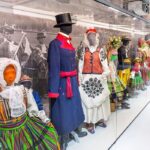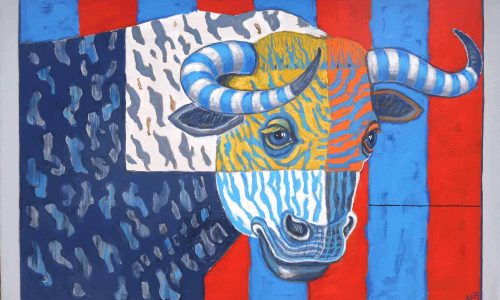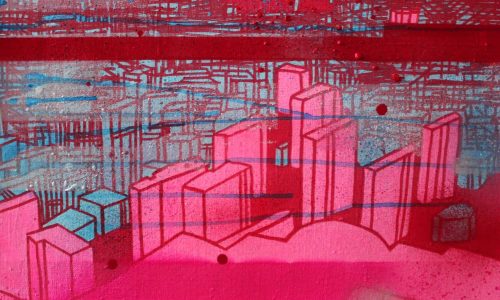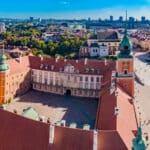The permanent exhibition "Adam Mickiewicz 1798 - 1855" is a biographical exhibition at the Museum of Literature, showing the poet, his environment and family, political activities and literary works.
The exhibition - organised on the bicentenary of the poet's birth - presents the most valuable Mickiewicziana from the Museum's own collection. In addition to the autograph of Grazyna, a manuscript page of Pan Tadeusz, one can see fragments of Mickiewicz's letters or first prints of his works, sometimes with dedications. Numerous mementoes, including a picture from his Novogrudok home and the travel trunk with which the poet left it, furniture from his study at the Paris Arsenal, objects that once belonged to his wife Celina, née Szymanowska, photographs and family portraits, come from the collection acquired in 1952-1953, 1974, 1978 by his granddaughter Maria Mickiewiczówna, great-grandson Jerzy Gorecki, and the widow of his youngest son Józef - Louisa Mickiewicz. They sit alongside the belongings of Andrzej Towiański (from his home archive, acquired in 1960, and preserved by the Italian followers of the Master (donated in 1977 by Professor Marina Bersano-Begey of Turin).
Paintings and graphics, mostly by Polish artists (Piotr Stachiewicz and Piotr Orłowski, Teofil Kwiatkowski, January Suchodolski, Jan P. Norblin, Piotr Michałowski, Cyprian Norwid, Napoleon Orda, Antoni Tepa, Zofia Szymanowska and others), as well as handicrafts play an important role in the exhibition. All the works bring the viewer closer to the era in which the author of "Ballads and Romances" lived and allow one to become acquainted with Polish Romantic art. It is easy to find the famous portrait "Adam Mickiewicz supported on a Judah rock" from 1828 by Walenty Wańkowicz, but other works by this artist are also worth noting.
The exhibition shows how Mickiewicz - who belonged to the first generation of "Poles born in captivity" - became a Romantic, and for his compatriots also a bard; the poet's path to the third part of Dziady and Pan Tadeusz. The "Slavic Byron" turns into an advocate of oppressed nations, and as an inhabitant of Europe emphasises his origin from the banks of the Niemen River. Mickiewicz's varied political activity in exile is presented, from his articles in Pielgrzym Polski to his political-military mission in Turkey, similarly to the earlier ones, subordinated to the 'national cause'.























































